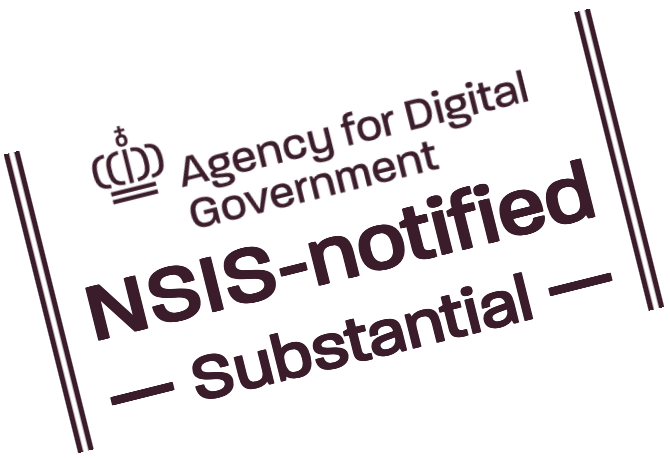Did you know ...
 ... that WAYF secures its data traffic using hardware cryptography? Learn more here.
... that WAYF secures its data traffic using hardware cryptography? Learn more here.
Facts on WAYF
- WAYF at the technical level is an empty pipe between institutional user databases and login systems on the one side, and external web services on the other – there are no user data residing in WAYF.
-
With WAYF, you log in at your academic institution in order to gain access to a restricted web service outside of the institution's own login system — as indicated on the above figure and detailed here.
-
WAYF makes it easy for an institution to share a restricted web service with other institutions, or to use a restricted web service operated outside of the institution itself.
-
WAYF makes a large number of prospective, verified users available to the provider of a restricted web service, and saves him the trouble of maintaining login credentials for his users — effectively outsourcing this to the users' academic institutions.
-
WAYF correspondingly saves staff and students the trouble of having to maintain distinct credentials for each web service they access outside of their institution.
-
On the basis of user information transferred from the user’s institution on each login attempt, the service provider determines whether the user should be granted access to the service.
-
Whenever a user attempts to access a web service, WAYF transfers only the minimum of information about him necessary for the service provider to be able to deliver the service to him.
Identity across
WAYF is the identity federation for research and education in Denmark and the North Atlantic. We make it easy to re-use academic digital credentials outside of institutions issuing them, and make identity management cheaper.
Operating status
Status unknown
Waiting for operation status info.
Get operation status notifications from WAYF here.
Partners
WAYF is a member of REFEDS, the international organisation for identity federations within research and education.
NORDUnet A/S provides safe and stable operation of WAYF's central servers and systems.
WAYF is a participant in eduGAIN, a global collaboration to enable use of digital identities across federations.
HackmanIT GmbH does penetration testing of new software developed by WAYF itself.





